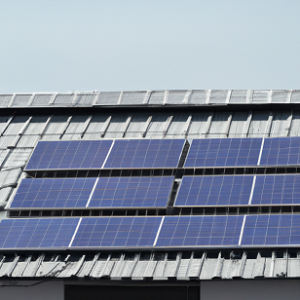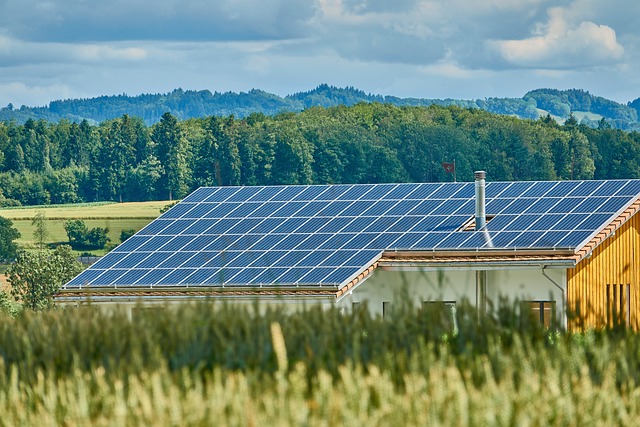What are Some Downfalls of Solar Power?
Solar Energy is not always the best answer. While solar power is an important contributor to the renewable energy revolution, it is important to also consider its limitations and downsides. This article discusses some of the potential downfalls of solar power, including cost, land use, and intermittency.
What Are Some Challenges with Solar Power
 As the world seeks to move away from fossil fuels and mitigate the threat of climate change, renewable energy sources like solar power are becoming increasingly important. However, while solar power has many benefits, it is important to also consider its limitations and potential downfalls.
As the world seeks to move away from fossil fuels and mitigate the threat of climate change, renewable energy sources like solar power are becoming increasingly important. However, while solar power has many benefits, it is important to also consider its limitations and potential downfalls.
Cost
One of the biggest potential downfalls of solar power is its cost. While the cost of solar panels has been dropping in recent years, it is still a significant investment for most individuals and businesses. Additionally, the cost of solar panels does not include the cost of installation, maintenance, and storage, all of which can add up quickly.
Land use
Another potential downfall of solar power is its land use requirements. While solar panels do not require any fuel or other inputs to operate, they do require a significant amount of land to generate a meaningful amount of energy. This can be especially challenging in urban areas where space is at a premium, and can lead to conflict over land use between solar power projects and other land uses like agriculture or conservation.
Intermittency
One well-known flaw of solar power is its intermittency. Solar panels only generate electricity when they are exposed to sunlight, and their output can vary significantly depending on the time of day, season, and weather conditions. This can make it difficult to rely on solar power as a primary source of electricity, and requires careful planning and investment in energy storage and distribution infrastructure.
Environmental impacts
While solar power is often considered to be a clean and renewable energy source, it is not without its own environmental impacts. The manufacturing of solar panels requires a significant amount of energy and resources, which can contribute to greenhouse gas emissions and other environmental issues. Additionally, the disposal of solar panels at the end of their lifespan can also be problematic.
Final Thoughts on Some Challenges with Solar Power
While solar power has many benefits, it is important to also consider its potential downsides, including cost, land use, intermittency, and environmental impacts. By taking a holistic view of renewable energy options and keeping these factors in mind, we can work towards a clean energy future that balances environmental, economic, and social considerations.
